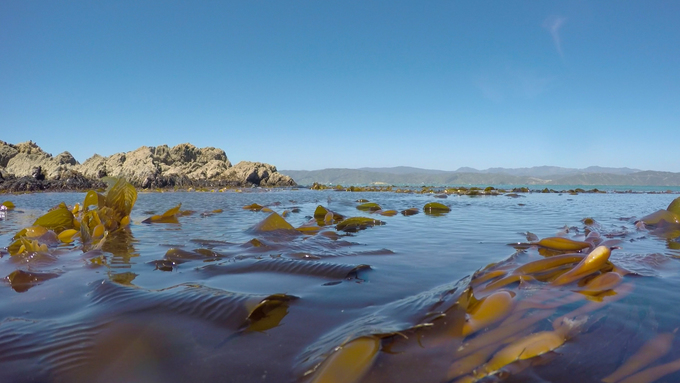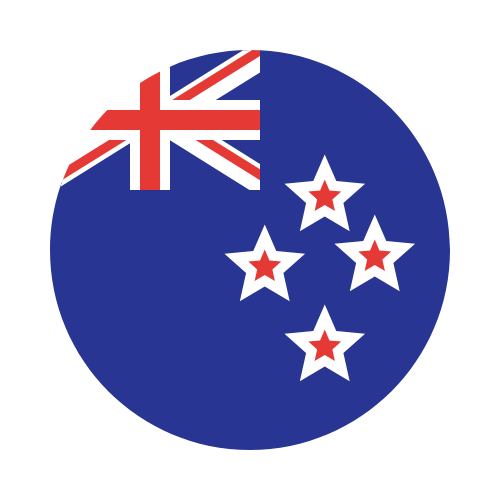WELLINGTON
Project Name: Wellington
Country: New Zealand
Project Manager: Nicole Miller
Contact: projectbaseline (dot) wellington (at) gmail (dot) com
Website: Adventure 360
PROJECT DESCRIPTION
Wellington Harbour and our rugged South Coast are iconic Wellington landmarks. Divers have a privileged view of the marine environment and can bring back photos and videos of an otherwise invisible world. A systematic collection of data allows us to build up a snapshot or baseline of what is hidden under the waves. Over time, observations provide a powerful tool to showcase even small and slow changes in the marine environment that would otherwise go unnoticed - a phenomenon often referred to as 'shifting baseline'. Through active restoration and outreach work divers contribute to building a more resilient marine environment and to increasing public awareness.
We have started monitoring the extent of giant kelp in Kau Bay in June 2016 and we will continue to promote the importance of and threats to seaweed and Wellington's coastal marine ecosystems and associated marine life to the public. We actively try to reach a wide audience and support the marine education school program run by Mountains to Sea Wellington Trust (read more here).
Since 2019 citizen science divers are monitoring sea urchin (kina) numbers and the extent of urchin barren (kina barren) in the area. Overfishing of natural predators, particularly rock lobsters (‘crayfish’) and finfish like snapper and blue cod results in an explosion of urchin numbers. In addition, kina also start changing their feeding behaviour in the absence of predators. Instead of hiding in crevices and waiting for seaweed pieces to float by, kina emerge from hiding spots and start actively foraging for seaweeds.
Once kina numbers reach a critical density of 5-6 kina per square meter (this can take years), healthy kelp forests quickly deteriorate due to the immense grazing pressure. After depleting large browns seaweeds and smaller species kina keep grazing down to barren rock creating unproductive underwater deserts. These rock barren can persist for decades. To make matters worse kina found on barren are unsuitable for harvest as they are starved for food.
In Wellington, volunteer divers have observed drastic changes in the coastal marine space over recent years. In our giant kelp project site for example kina could only be found in patches at or below 6m and outside the fringe of the kelp forest. Three years later, in 2019, kina had already formed dense barren patches in about 4m depth. Recently, divers observed kina barrens on rocks in less than 2m.
Taranaki Whānui iwi, the local indigenous tribe, initiated a kelp forest restoration research project based on the monitoring data. Under leadership of the iwi volunteers removed kina from the project site between Dec 2022 and Feb 2023. We continue monitoring the regeneration of the kelp forest. You watch videos of the regrowing kelp forest and monitoring data here.
Monitoring Giant Kelp – follow this link for the latest project reports and videos
Monitoring Sea Urchins and Seaweed Restoration – follow this link for the latest project reports and videos
Exploring and Documenting Wellington’s diverse marine habitats – find out more about sponge gardens and mesophotic ecosystems here.
HOW TO SUBMIT DATA
There are two ways to submit data to the Project Baseline database. You can submit data for existing projects, and you can submit data for projects that are not currently hosted (ad-hoc) in the database.

